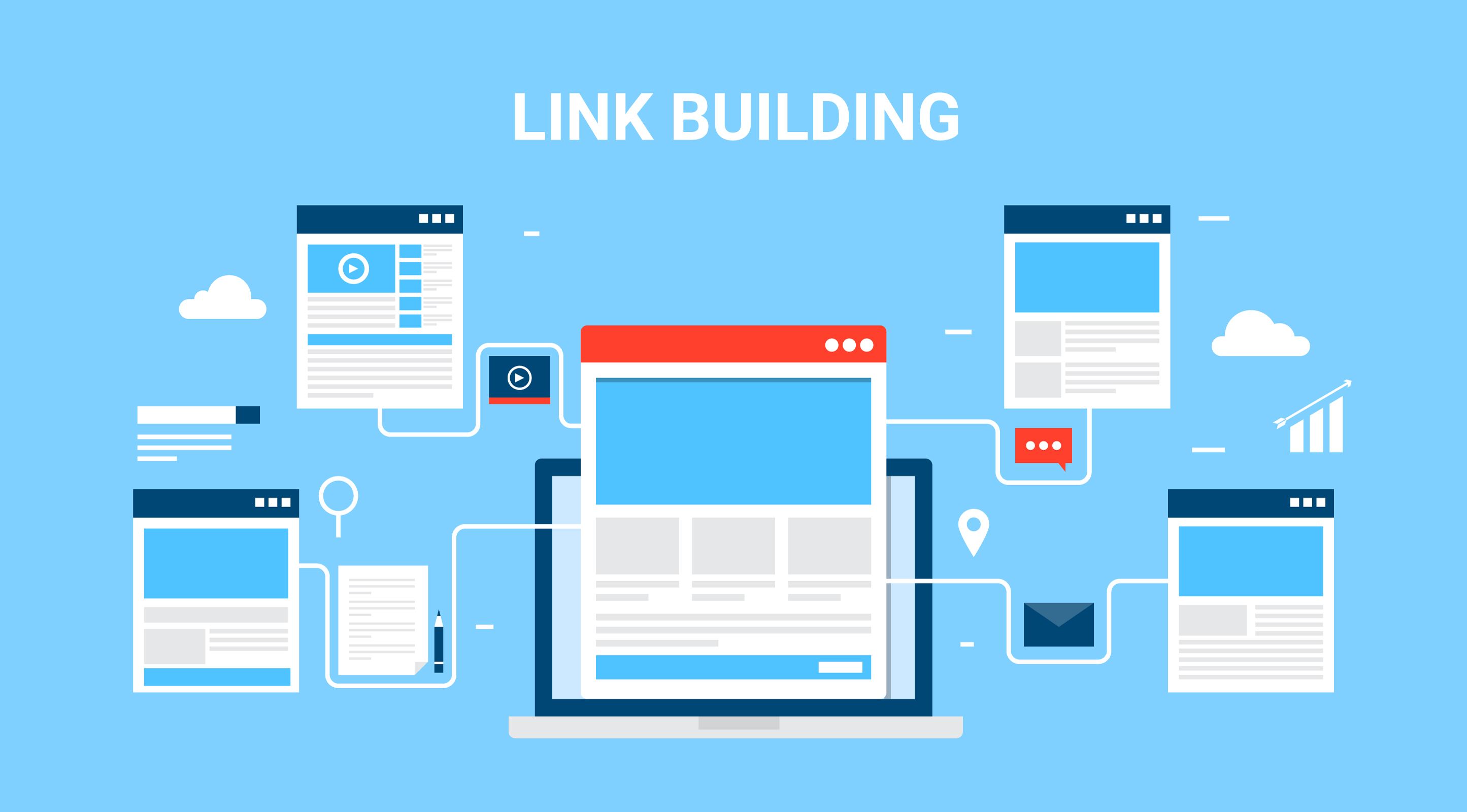Streamlining Healthcare with Virtual Medical Billing
Medical Billing: The healthcare industry continuously evolves, striving to improve patient care, operational efficiencies, and financial performance. One critical area seeing significant transformation is billing, where virtual medical billing processes are increasingly embraced. Virtual medical billing systems streamline healthcare operations by digitizing the billing process, thus enhancing accuracy, efficiency, and cost-effectiveness. This article explores how virtual medical billing revolutionizes the healthcare industry and its benefits in streamlining healthcare processes.
Understanding Virtual Medical Billing
Virtual medical billing involves using digital platforms and tools to manage healthcare billing processes. This includes patient data entry, claim submission, claim follow-up, and payment collection. By replacing traditional manual billing methods with automated systems, healthcare providers can significantly reduce the likelihood of human error, improve billing accuracy, and expedite the reimbursement cycle. Virtual medical billing eliminates paperwork, reduces administrative overhead, and allows healthcare professionals to focus on patient care rather than lengthy billing procedures.
Enhancing Accuracy and Efficiency
One of the primary benefits of virtual medical billing is improving accuracy in billing operations. Manual billing processes are prone to errors due to the complexity and volume of data managed. Common errors such as incorrect patient information, coding mistakes, and filing duplicates can lead to claim rejections and delays in payment, affecting a healthcare provider’s cash flow. By automating these tasks, virtual billing systems ensure that claims are accurate and consistent with regulatory standards, reducing the rate of claim denial and expediting payment.
Virtual medical billing also leads to increased efficiency in the billing cycle. Tasks typically taking several hours or days can now be accomplished in a fraction of the time. Automated systems provide real-time processing of claims, enabling quicker turnaround times and more predictable revenue cycles. Additionally, they offer robust analytics and reporting features, allowing healthcare providers to track their billing performance, identify issues, and optimize their financial operations.
Cost-Effectiveness
For many healthcare institutions, cost management is a perennial challenge. Traditional billing methods, often labor-intensive, can be costly in terms of time and resources. Virtual medical billing offers a solution through its cost-effective approach. By minimizing manual labor and paperwork, healthcare providers can substantially reduce operational costs associated with billing. With fewer human resources required for billing tasks, those resources can be allocated to other critical patient care areas, enhancing the overall service quality and efficiency.
Furthermore, by reducing errors and improving the speed of reimbursement, virtual billing systems help maintain a steady cash flow, avoid costly billing discrepancies, and improve a healthcare organization’s financial health. This efficiency allows healthcare facilities, especially smaller practices, to remain competitive and sustainable in a challenging economic environment.
Improved Compliance and Security
Compliance with healthcare regulations and standards is crucial for any medical institution, especially regarding patient data management and billing practices. Virtual medical billing systems are designed to ensure compliance with all relevant healthcare laws, such as the Health Insurance Portability and Accountability Act (HIPAA), which mandates the protection and confidentiality of patient information.
These systems use advanced encryption and security protocols to safeguard sensitive patient data against unauthorized access and breaches. By leveraging secure, compliant digital platforms, healthcare providers can manage their billing operations with confidence that they are meeting regulatory requirements and protecting patient privacy.
Enhancing Patient Experience
Patient satisfaction is a critical component of a healthcare provider’s success. Transparent, efficient billing processes contribute significantly to a positive patient experience. Virtual medical billing systems simplify the billing process for patients by providing clear, itemized bills and easy-to-understand invoices, reducing confusion and frustration. Additionally, many virtual systems offer online payment portals where patients can review their bills, make payments, and manage their accounts conveniently. This improves patient engagement and encourages timely payments.
Challenges and Considerations
Despite the numerous advantages, transitioning to virtual medical billing presents challenges and considerations. The initial setup can be resource-intensive, requiring investment in software, staff training, and possible restructuring of billing departments. There is also a continued need for regular updates and maintenance of the billing system to keep up with changes in healthcare regulations and technology advancements.
Moreover, not all healthcare providers may be ready to transition to a complete virtual model, particularly those in smaller practices or rural areas with limited access to high-speed internet or digital infrastructure. Before migrating, these providers must weigh the benefits against the potential technical and operational challenges.
The Future of Virtual Medical Billing
The future of virtual medical billing looks promising as technology continues to advance. Healthcare providers adopting these systems will likely gain a competitive edge through streamlined operations, reduced costs, and enhanced patient satisfaction. Additionally, as more providers integrate digital platforms into their billing processes, the industry will likely see further innovations in billing technologies, continued improvements in security and compliance measures, and increased accessibility and affordability of these systems for smaller practices.
Integration with Electronic Health Records (EHR)
A seamless integration between virtual medical billing systems and Electronic Health Records (EHR) is an emerging trend that enhances operational efficiency within healthcare settings. By integrating EHRs, healthcare providers can ensure that patient information is automatically synced across different platforms, reducing the need for manual data entry and minimizing errors associated with data discrepancies. This integration facilitates smoother billing processes by instantaneously updating patient records with billing information, thus providing a holistic view of patient care and financial transactions in one unified system.
The synchronization between EHRs and billing systems also significantly improves healthcare delivery by allowing practitioners quick access to medical and financial data. This comprehensive access aids in making informed decisions regarding patient care and ensures timely communication between clinical and administrative staff. As this integration becomes more widespread, healthcare providers are poised to experience higher productivity levels, improved care coordination, and an enriched patient experience.
Moreover, the synergy between EHRs and virtual billing systems can foster better regulatory compliance as both systems collectively ensure that billing practices adhere to the latest healthcare standards and guidelines. This integration underscores the importance of leveraging technology to achieve financial efficiency and quality patient care in the medical industry.
Conclusion
DocVA virtual medical billing represents a significant shift in how healthcare providers manage billing operations. By emphasizing automation and digital solutions, these systems realize substantial efficiencies, accuracy, and cost savings, fundamentally reshaping healthcare institutions’ financial strategies. Embracing this technological change is an option and a necessary evolution to ensure superior patient care through improved financial management.

